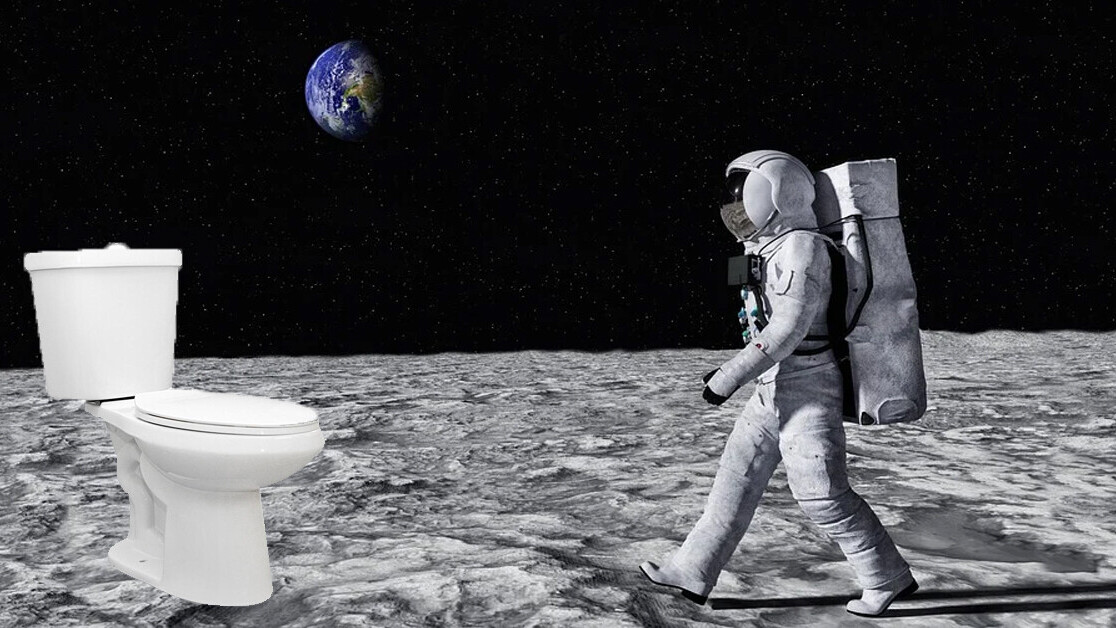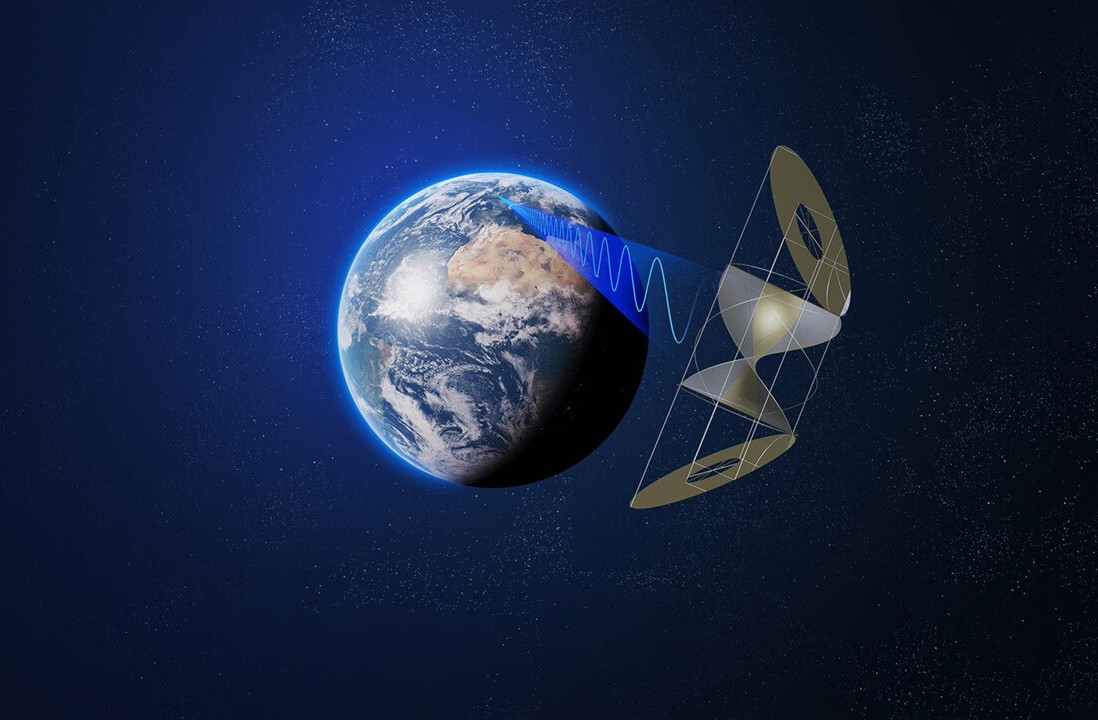
Colonies on the Moon or Mars could, one day, be manufactured — in part — from using human urine. The waste we flush away on Earth could play an important role in constructing the first permanent colonies in space, a new study finds. Urea extracted from urine could be used as a plasticizer, forming concrete for use in building living quarters, a new study finds. These structures could then shape the makeshift concrete using large 3D printers.
The European and Chinese space agencies, along with NASA, plan to build bases on the Moon in the coming decades. These outposts, many of which will be found near the south pole of the Moon, will serve as stepping off points for future human exploration of Mars and the inner solar system.
Challenges facing spacefarers include radiation, bombardments by meteorites (large and small), and extreme swings in temperature. Providing protection from these risks would almost certainly require massive infrastructure.
Read: [Trump calls dibs on outer space with his latest executive order]
This introduces the very practical problem of how to transport all these materials from Earth to space, and eventually, to the Moon. Adding mass to a spacecraft necessitates using more powerful engines (adding more mass), which needs more fuel (adding still more mass). Every 0.45 kilograms (one pound) of mass currently costs around $10,000 to launch into space. Manufacturing materials from the lunar crust (regolith) would greatly reduce the cost of such an expedition.
“All necessary ingredients for geopolymers could potentially be sourced on the lunar surface, which is why the material might be an efficient construction material for infrastructure on the moon… Since urea is the second most abundant component in urine (after water), it is readily available anywhere there are humans,” researchers describe in the Journal of Cleaner production.
Using urine as a plasticizer allows the production of a building material on the Moon. Hopefully, even the water that the astronauts drank in the first place would come from lunar ice deposits.
“To make the geopolymer concrete that will be used on the moon, the idea is to use what is there: regolith (loose material from the moon’s surface) and the water from the ice present in some areas,” explains Ramón Pamies, a professor at the Polytechnic University of Cartagena (Murcia).
Can I column, or what?
Researchers at Ostfold University College in Norway supplied 3D printers with a combination of urea, one of the main components of human urine, and a synthetic regolith developed by the European Space Agency (ESA). The printer produced a series of “mud” columns similar to the material that might be produced for space colonies.
These columns were heated to 80 Celsius (176 Fahrenheit) and subjected to periods of heating and cooling, similar to what they would experience on the surface of our planetary companion.
“The samples containing urea or naphthalene-based superplasticizers could bear heavy weights shortly after mixing, while keeping an almost stable shape,” Pamies reported in an article published in February.
Several methods of constructing colonies on the Moon are being explored by teams around the world. Many are centered on the construction of 3D printers, which could assemble a base colony before any human arrived. Such a completely robotic construction crew would greatly reduce the risks and costs of construction.
Once humans (and their attendant bladders) arrived on the moon, every ingredient in human urine — not just urea — might be used in the manufacture of long-term outposts.
“We have not yet investigated how the urea would be extracted from the urine, as we are assessing whether this would really be necessary, because perhaps its other components could also be used to form the geopolymer concrete. The actual water in the urine could be used for the mixture, together with that which can be obtained on the Moon, or a combination of both,” Anna-Lena Kjøniksen, Researcher on this study, stated.
In 2009, when the occupancy of the International Space Station (ISS) was raised to six space travelers, the outpost was fitted with a filter capable of turning urine into potable water. This ability to recycle water greatly reduced astronaut’s reliance on resupply ships.
One of the keys to colonizing the Moon, Mars, and beyond, may be something we have been doing since the dawn of our species. Going pee may play a significant role in going to space.
This article was originally published on The Cosmic Companion by James Maynard, an astronomy journalist, fan of coffee, sci-fi, movies, and creativity. Maynard has been writing about space since he was 10, but he’s “still not Carl Sagan.”You can read this original piece here.
Get the TNW newsletter
Get the most important tech news in your inbox each week.






